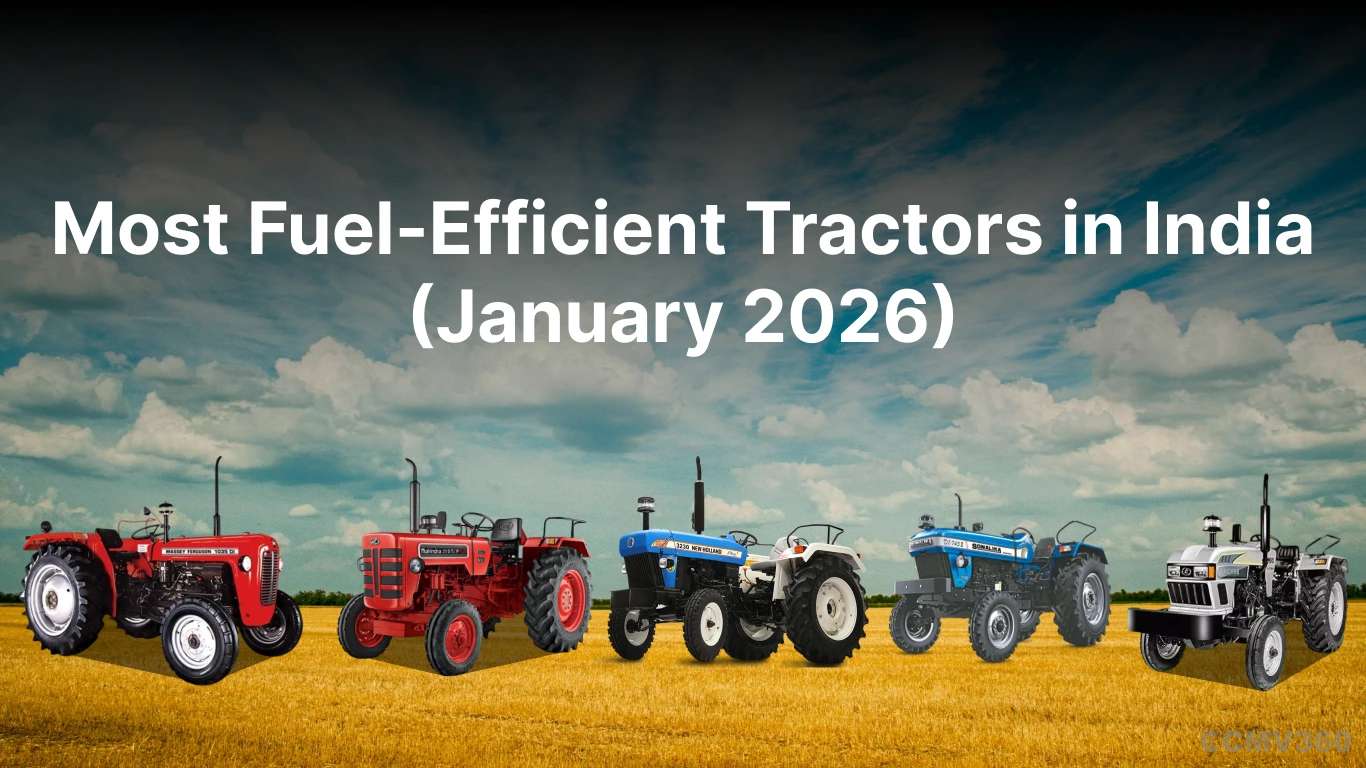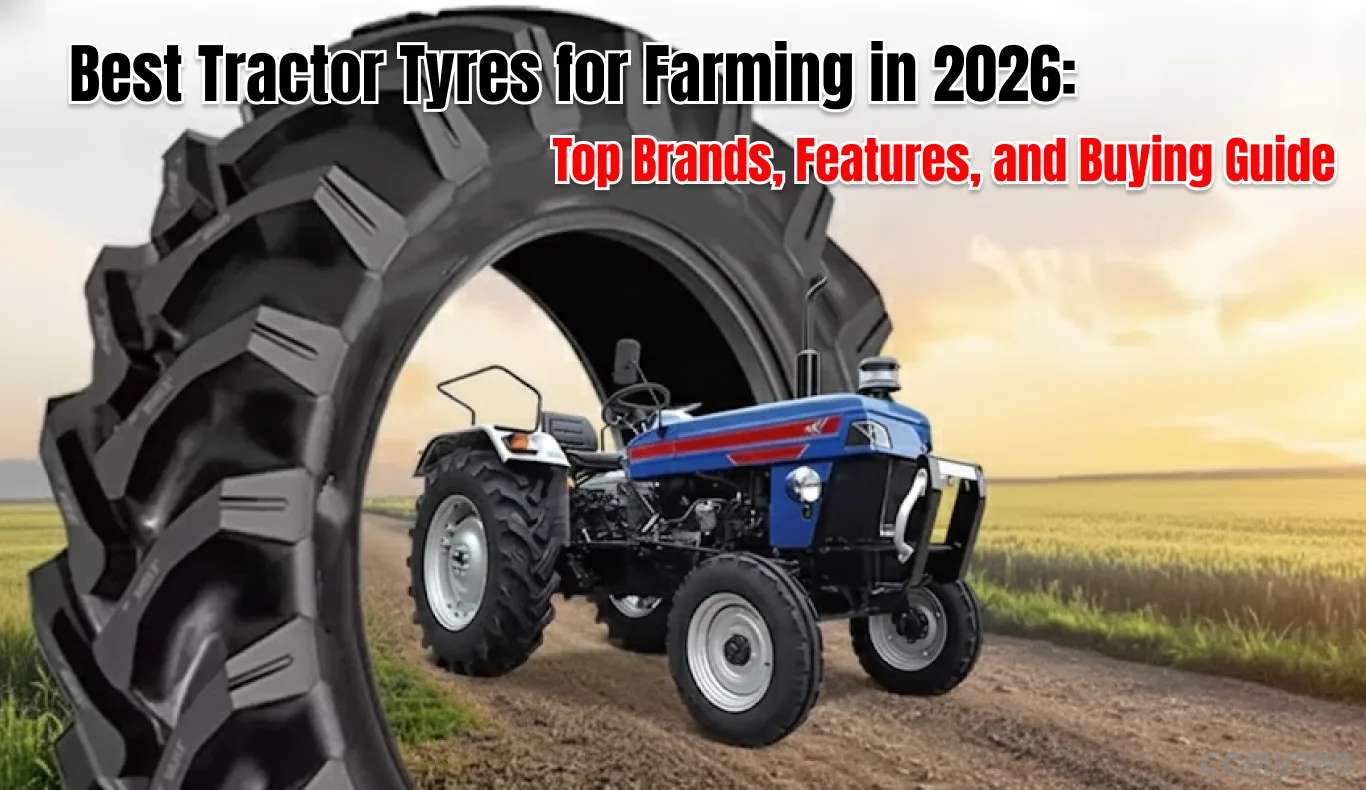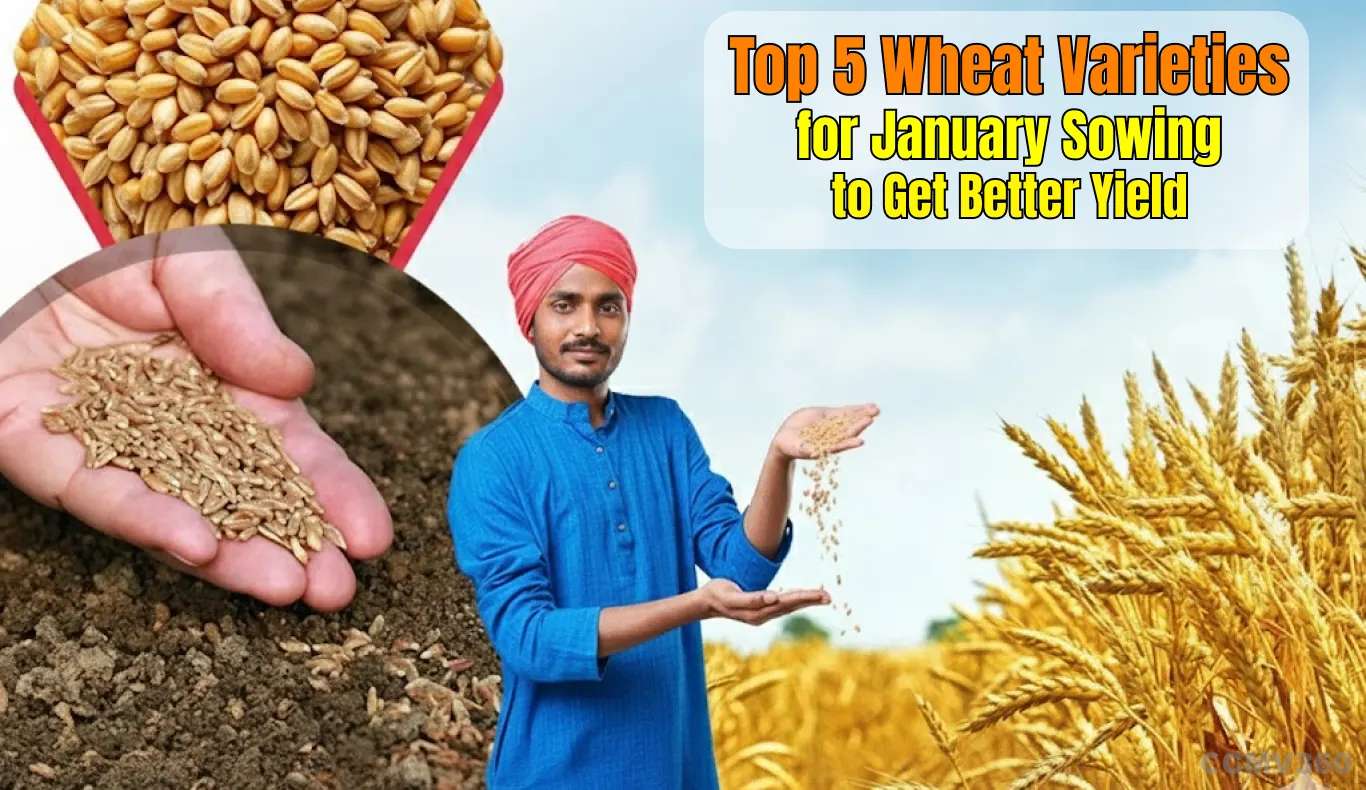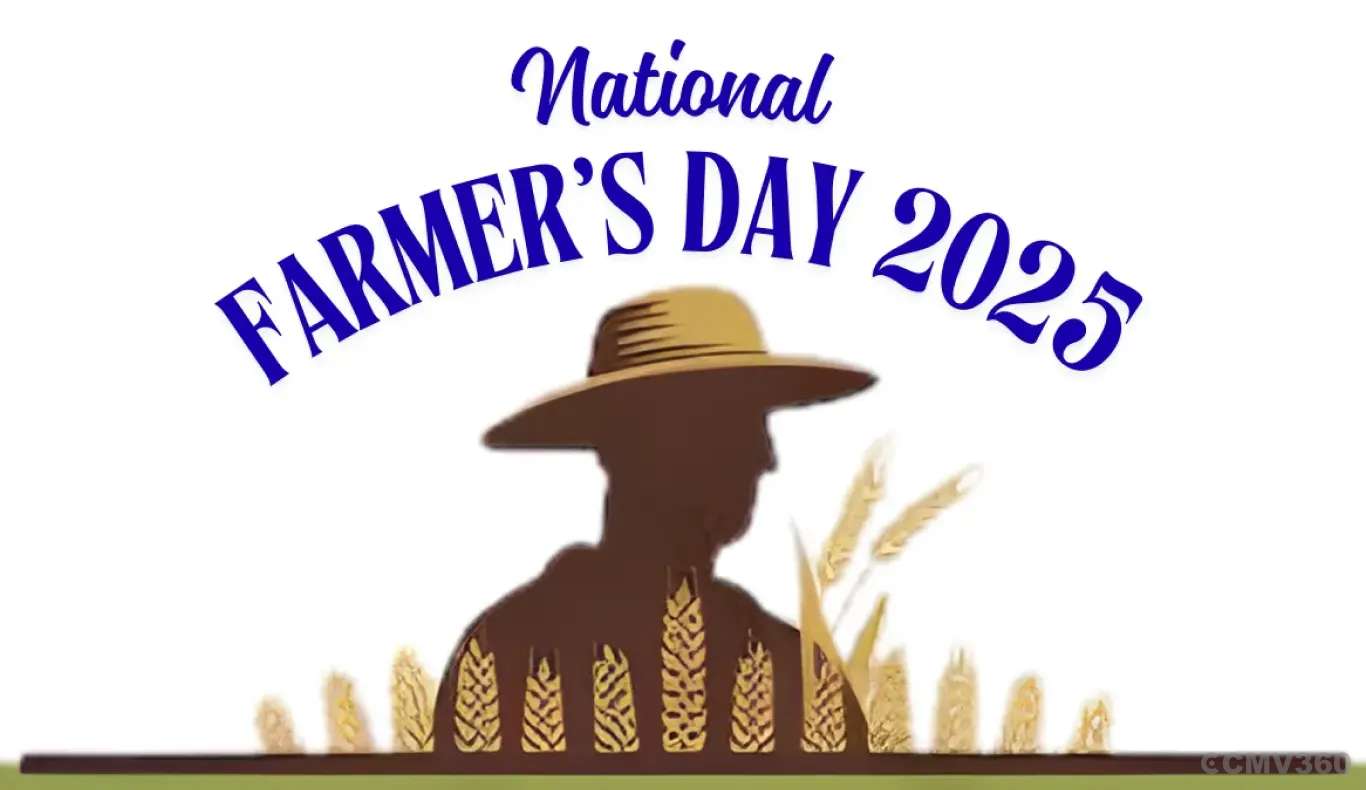Ad
Ad
Drones for Spraying Pesticides: Opportunities and Challenges

Key Highlights
- Agri drones revolutionize crop spraying with precision and efficiency.
- They minimize pesticide waste, enhancing environmental sustainability.
- Drones optimize resource use, reducing operational costs for farmers.
- Advanced technology enables targeted spraying for improved crop health.
- Challenges include regulatory hurdles and initial investment costs.
The arrival of drones has brought about a revolutionary transformation in agriculture, particularly in the domain of crop spraying. Unmanned Aerial Vehicles (UAVs), commonly known as drones, equipped with advanced spraying capabilities, are playing a pivotal role in optimizing the application of fertilizers and pesticides. This comprehensive exploration delves into the opportunities and challenges associated with the use of agriculture drones for spraying in modern agriculture.
Also Read: Drone Destination Launches Everything Drones Initiative
Evolution of Agri Drones for Spraying
The use of drones in agriculture dates back to the early 21st century when these unmanned aerial vehicles began to be employed for crop monitoring. Initially, drones were used for aerial photography and gathering data on crop health. These early applications provided valuable insights into crop conditions, enabling farmers to make informed decisions.
As technology advanced, so did the capabilities of drones. By the mid-2010s, drones were being adapted for more specialized tasks, including the precision spraying of fertilizers and pesticides. This evolution marked a significant shift in how agricultural practices were carried out, allowing for more targeted and efficient crop protection methods.
Key Drivers of Adoption
Several factors have driven the adoption of agri drones for spraying in agriculture.
- Increased Demand for Food Production: The global population is growing rapidly, and with it, the demand for food. Farmers are under pressure to increase yields while managing limited resources effectively. Drones offer a way to optimize the use of fertilizers and pesticides, thereby enhancing crop productivity.
- Need for Sustainable Farming Practices: Traditional farming methods often involve extensive use of chemicals, which can have damaging effects on the environment. Agri drones provide a more sustainable alternative by enabling precise application of these inputs, reducing wastage, and minimizing the impact on surrounding ecosystems.
- Technological Advancements: Continuous improvements in drone technology, including better battery life, enhanced navigation systems, and advanced sensors, have made drones more reliable and efficient for agricultural usage. These technological advancements have made drones an attractive option for modern farmers looking to integrate cutting-edge technology into their practices.

Opportunities in Agri Drones for Spraying
Agri drones equipped for spraying offer unparalleled precision in the application of fertilizers and pesticides.
- Targeted Application: Drones can be programmed to follow specific flight paths over fields, ensuring that chemicals are applied only where needed. This targeted approach reduces the amount of chemicals used, thereby lowering costs and reducing the potential for environmental contamination.
- Real-Time Data Collection: Drones can collect data in real time, providing farmers with up-to-date information about crop conditions. This data can be used to make immediate adjustments to spraying schedules and amounts, further enhancing the precision of pesticide and fertilizer application.
Increased Efficiency and Cost Savings
Traditional methods of crop spraying involve manual labor or large machinery, both of which are time-consuming and labor-intensive. Agri drones streamline this process in several ways:
- Speed: Drones can cover large areas much faster than manual labor or ground-based machinery. This increased speed means that farmers can complete spraying tasks more quickly, freeing up time for other important activities.
- Labor Reduction: Using drones reduces the need for manual labor, which can be costly and hard to find, especially during peak farming seasons. Reduced labor requirements result in substantial cost savings for farmers.
- Resource Optimization: The precise application of fertilizers and pesticides means that fewer resources are wasted. This not only saves money but also ensures that crops receive the exact amount of nutrients and protection they need to thrive.
Reduction in Environmental Impact
One of the notable advantages of agri drones is their potential to reduce the environmental impact of pesticide and fertilizer application.
- Minimized Chemical Runoff: By precisely targeting the areas in need of treatment, drones reduce the likelihood of chemicals running off into nearby water bodies or non-target areas. This minimizes the risk of water pollution and protects local wildlife.
- Reduced Soil Compaction: Traditional spraying methods often involve heavy machinery, which can compress the soil and negatively affect the health of the soil. Drones, being airborne, eliminate this issue, helping to maintain the integrity of the soil structure.
- Sustainable Farming Practices: By using drones, farmers can adopt more sustainable farming practices that prioritize the health of the environment. This shift towards sustainability can help in meeting regulatory requirements and gaining market advantages as consumers increasingly prefer environmentally friendly products.
Technology and Features of Agri Drones for Spraying
Intelligent Navigation Systems
Agri drones are equipped with advanced GPS and navigation systems that enable them to follow predefined flight paths with precision.
- GPS Technology: Drones use GPS technology to navigate fields accurately. This ensures that they cover every part of the field without missing any areas or overlapping unnecessarily.
- Autonomous Operation: Many modern drones are capable of autonomous operation, meaning they can take off, follow their programmed route, and land without human intervention. This reduces the need for skilled operators and makes the process more efficient.

Payload Capacity and Tank Design
The payload capacity of agriculture drones is a crucial factor that determines the volume of liquid they can carry for spraying.
- Optimized Tank Design: The design of the tank is optimized to ensure the even distribution of spraying materials. This ensures that every part of the field receives the right amount of pesticide or fertilizer.
- Customizable Options: Manufacturers often provide customizable options to meet the diverse needs of farmers. This includes different tank sizes and nozzle configurations to cater to various crop types and field sizes.
Also Read: Airbots Aerospace Receives DGCA Certification for Surya Shakti 15L Drone
Remote Sensing Technologies
Agri drones are equipped with remote sensing technologies such as multispectral cameras and infrared sensors.
- Multispectral Cameras: These cameras capture images in multiple wavelengths, providing detailed information about crop health. This helps in detecting issues such as nutrient deficiencies, pest infestations, and diseases early on.
- Infrared Sensors: Infrared sensors can detect variations in temperature and moisture levels in the field. This information is crucial for understanding the microclimate conditions affecting crop growth and making informed decisions about irrigation and other farming practices.
Challenges in Agri Drones for Spraying
Regulatory Hurdles
The deployment of agri drones for spraying faces regulatory challenges that vary across regions.
- Safety Concerns: Ensuring the safe operation of drones, especially in areas close to populated regions, is a major concern. Regulations need to address issues related to flight paths, altitude restrictions, and no-fly zones.
- Privacy Issues: Drones equipped with cameras can raise privacy concerns among nearby residents. Clear guidelines are needed to ensure that drones are used responsibly and do not violate on people’s privacy.
- Aviation Regulations: Compliance with existing flight regulations is crucial for the widespread adoption of drone technology. This includes obtaining necessary permits and adhering to rules set by aviation authorities.

Initial Investment Costs
While agri drones offer long-term cost savings, the initial investment can be a barrier for some farmers, particularly those with smaller landholdings.
- High Upfront Costs: The cost of purchasing a drone, along with the necessary software and accessories, can be prohibitive for small-scale farmers.
- Maintenance Expenses: Drones require regular maintenance to ensure optimal performance. This includes battery replacements, software updates, and repairs, which can add to the overall cost.
- Financial Support: Efforts to make these technologies more affordable through subsidies, financing options, or government support programs can facilitate broader adoption. Financial institutions and policymakers need to work together to create support mechanisms for farmers.
Need for Skill Development
Effective utilization of agri drones requires farmers to acquire specific skills related to drone operation, maintenance, and data interpretation.
- Training Programs: Training programs and workshops organized by manufacturers, agricultural extension services, and government agencies are essential for empowering farmers with the necessary expertise.
- Ongoing Education: As drone technology evolves, farmers need to stay updated with the latest advancements. Continuous education and support are crucial to ensure that farmers can make the most of their investment.
- Technical Support: Access to technical support and troubleshooting services is important for farmers who are new to drone technology. This helps in addressing any operational issues promptly and minimizing downtime.
Successful Implementations of Agri Drones for Spraying
Precision Farming in Bihar
In the expansive fields of Bihar, farmers faced challenges related to precision spraying to combat pests and diseases like top borer in sugarcane. By adopting agri drones for spraying, farmers achieved precise application of pesticides, resulting in improved crop health and reduced chemical usage. This not only enhanced productivity but also contributed to sustainable farming practices.

Optimizing Fertilizer Use in India
In the fertile plains of India, where efficient fertilizer use is crucial for crop success, farmers embraced agri drones for spraying fertilizers. The drones facilitated targeted applications based on soil conditions and crop requirements, leading to increased yields and improved soil health. This approach helped farmers optimize their fertilizer expenses while enhancing overall crop productivity.
Future Prospects and Innovations
The future of Agri drones for spraying holds exciting prospects as ongoing research and innovation continue to enhance the capabilities of these unmanned aerial vehicles.
- Advancements in Battery Technology: Improved battery life will enable drones to cover larger areas in a single flight, increasing efficiency and reducing downtime for recharging.
- Automation and Artificial Intelligence: Automation and AI are expected to further improve the efficiency, safety, and affordability of agri drones. These technologies can enable drones to make real-time decisions based on data collected during flights.
- Integration with Other Technologies: Integrating drones with other farming technologies, such as automated tractors and smart irrigation systems, can create a more cohesive and efficient agricultural ecosystem.
- Cost Reduction: As technology advances and becomes more widespread, the costs associated with drone production and operation are likely to decrease. This will make drones more accessible to farmers of all scales, further accelerating their adoption and integration into agricultural practices.
- Enhanced Data Analytics: Improvements in data analytics capabilities will enable farmers to derive more insights from the data collected by drones. This will help in fine-tuning spraying schedules, optimizing crop management practices, and predicting crop yields more accurately.
- Environmental Monitoring: Drones can be equipped with sensors to monitor environmental parameters such as soil moisture, temperature, and air quality. This information can be used to assess the impact of agricultural practices on the surrounding ecosystem and implement measures to mitigate any adverse effects.
- Biological Control Applications: Drones can be used not only for spraying chemical pesticides but also for delivering biological control agents such as beneficial insects or microorganisms. This approach can help in managing pest populations in a more sustainable and eco-friendly manner.
- Integration with Crop Health Monitoring: By integrating drone-based spraying with crop health monitoring systems, farmers can adopt a proactive approach to pest and disease management. Drones can identify early signs of stress or infestation, allowing farmers to take timely action to mitigate potential damage.
Also Read: AITMC Venture’s VIRAJ Agriculture Drone Receives DGCA Certification
CMV360 Says
The use of Agri drones for spraying represents a transformative leap forward in modern agriculture. While challenges exist, the opportunities presented by these drones in terms of precision, efficiency, and environmental sustainability are undeniable. As regulatory frameworks evolve and technology continues to advance, agri-drones are assured to play a pivotal role in shaping the future of crop protection.
By leveraging the capabilities of drones, farmers can optimize resource use, increase productivity, and minimize environmental impact. However, realizing the full potential of drone technology requires concerted efforts from stakeholders across the agricultural sector. This includes policymakers, regulators, technology developers, and farmers working together to overcome challenges and unlock the benefits of drone-based spraying for agriculture.
As we look to the future, the continued innovation and adoption of agri drones hold promise for a more sustainable, efficient, and productive agricultural sector. By embracing this technology and harnessing its capabilities, farmers can meet the growing demand for food while safeguarding the health of the environment and future generations.
Features & Articles
10 Most Powerful Tractors in India (January 2026)
Discover the 10 most powerful tractors in India (Jan 2026) with 90–130 HP. Compare John Deere, New Holland, Sonalika & more with prices and uses....
02-Jan-26 06:30 AM
Read Full NewsMost Fuel-Efficient Tractors in India (January 2026)
Discover the most fuel-efficient tractors in India for 2026. Compare mileage, prices & specs of New Holland, Mahindra, Sonalika, Massey & Eicher....
01-Jan-26 10:17 AM
Read Full NewsBest Tractor Tyres for Farming in 2026: Top Brands, Features, and Buying Guide
Discover the best tractor tyres for farming in 2026. Compare top brands, key features, buying tips, and maintenance advice to improve grip, mileage, and tyre life....
26-Dec-25 10:49 AM
Read Full NewsTop 5 Wheat Varieties for January Sowing to Get Better Yield
Discover the best wheat varieties for January sowing. Learn about yield, benefits, regions, and expert tips to help farmers get better production despite late planting....
24-Dec-25 07:17 AM
Read Full NewsNational Farmers Day 2025: Why is Kisan Diwas Celebrated on 23 December? Full Story and Significance
Know why National Farmers Day is celebrated on December 23, its history, importance, and Chaudhary Charan Singh’s role in empowering Indian farmers and strengthening agri...
23-Dec-25 10:49 AM
Read Full NewsWheat Farming Tips: Easy and Proven Ways to Increase Tillers and Get a Bumper Wheat Yield
Learn simple and proven wheat farming tips to increase tillers, improve soil health, and get a bumper wheat yield using mustard cake, nutrients, and timely irrigation....
22-Dec-25 07:25 AM
Read Full NewsAd
Ad
As featured on:


Registered Office Address
Delente Technologies Pvt. Ltd.
M3M Cosmopolitan, 12th Cosmopolitan,
Golf Course Ext Rd, Sector 66, Gurugram, Haryana
pincode - 122002




















